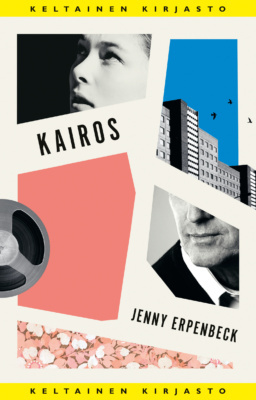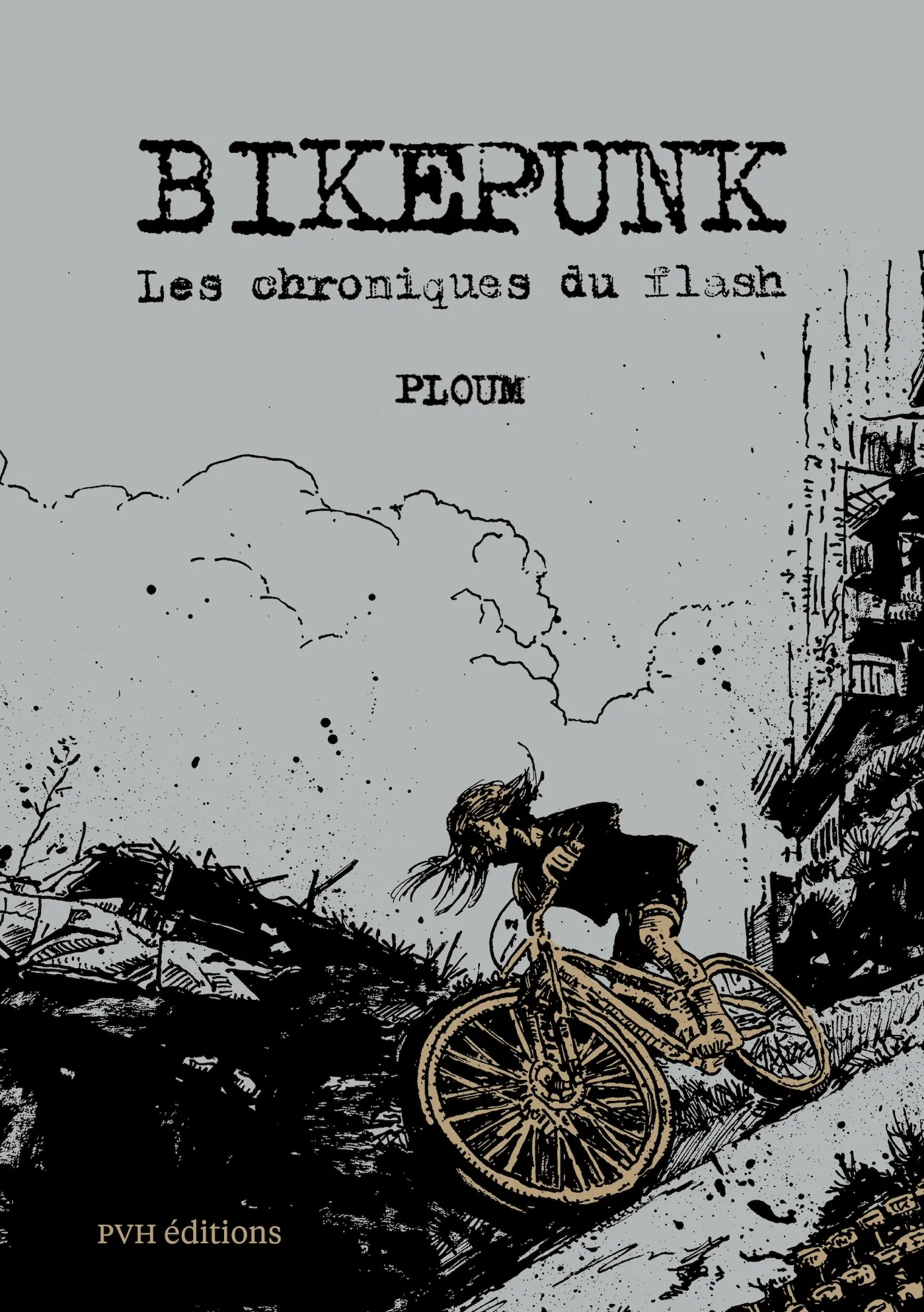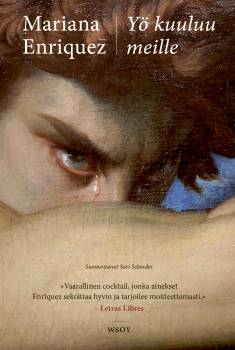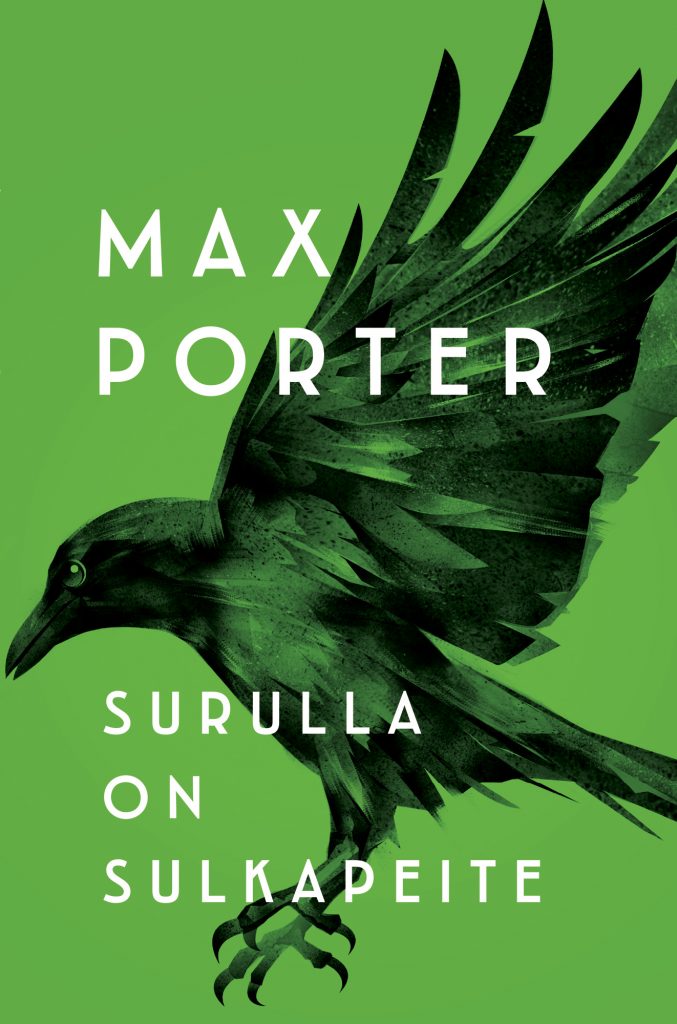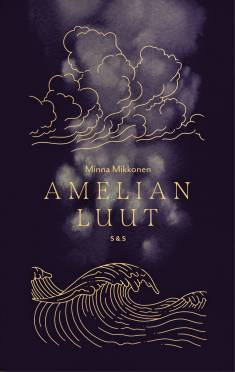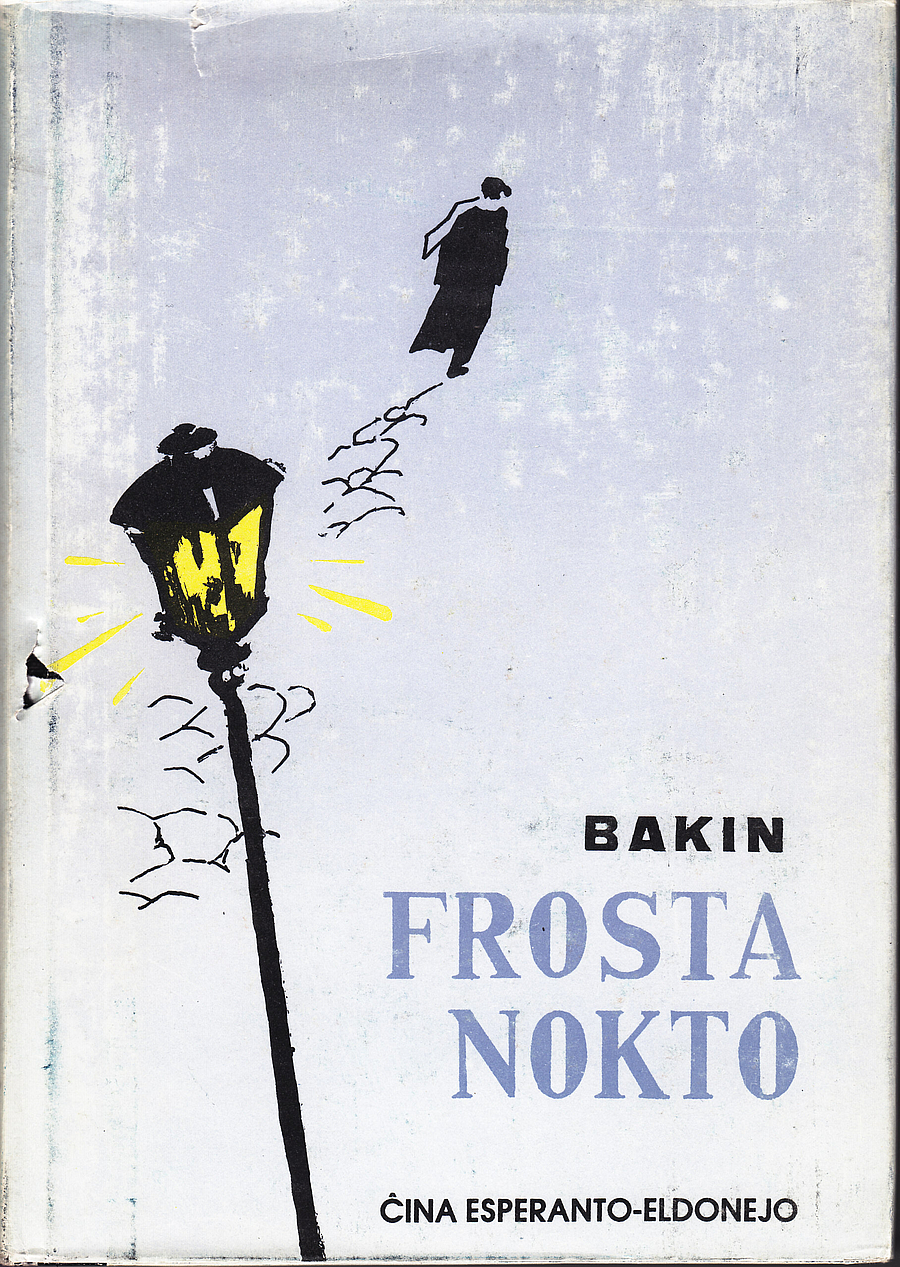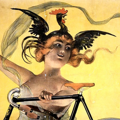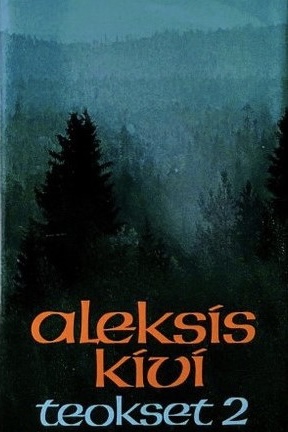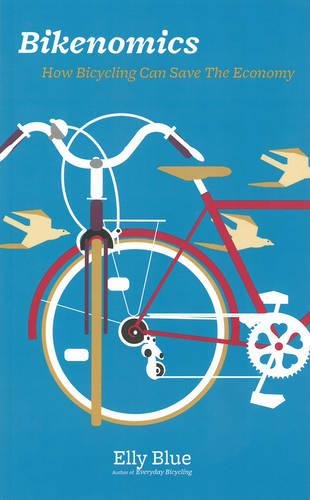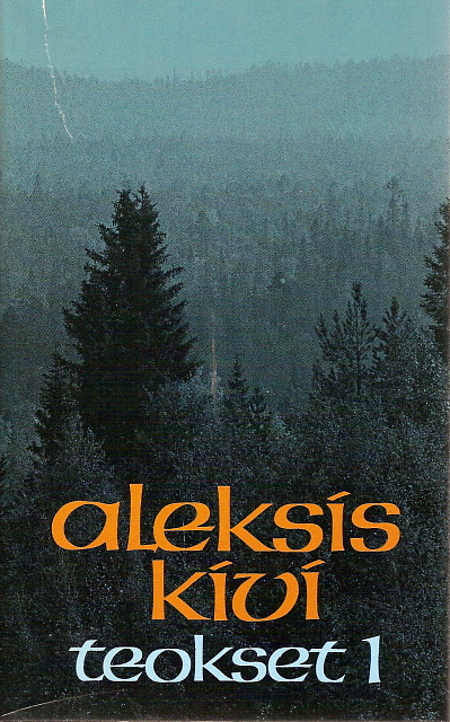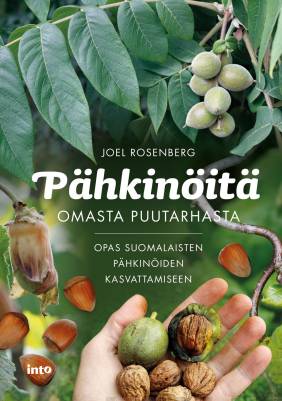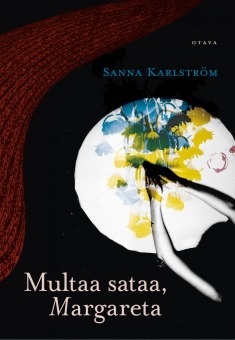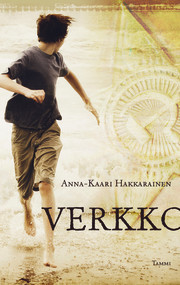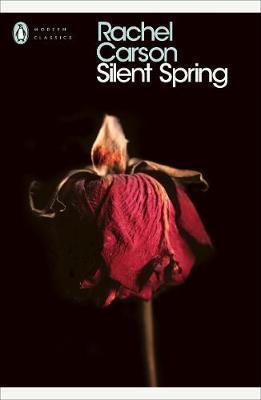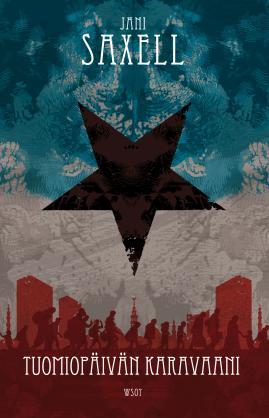Tämän vuoden lukuhaasteenani oli olla lukematta ainuttakaan alun perin englanninkielistä kirjaa. Mutta kerran kun istuin junassa eikä ollut muuta kirjaa mukana, niin aloin kaivaa e-kirjoja puhelimestani, ja hetken herpaannuksen vuoksi tulin tarttuneeksi tällaiseen yhdysvaltalaiseen journalistiseen tietokirjaan. Kirjahan ei ole mitenkään tuore, olen nämä samat asiat ehtinyt lukea jo monta kertaa muualtakin ja näkökulma oli kaiken aikaa niin tiukasti Yhdysvaltoihin keskittynyt, etten voi sanoa kostuneeni tästä oikeastaan mitään.
User Profile
Kirjailija-kirjantekijä, kielitaiteilija ja -tieteilijä. Kirjakasan ylläpitäjä.
Luen vähän kaikenlaista, kaunoa ja tietoa, ties miten monella eri kielellä. Kirjoitan ennen kaikkea absurdia realismin rajoilla keikkuvaa proosaa.
This link opens in a pop-up window
Taru Luojola's books
Read (View all 971)
User Activity
RSS feed Back
Taru Luojola started reading Bikenomics How Bicycling Can Save The Economy by Elly Blue
Taru Luojola reviewed Teokset. I nide by Aleksis Kivi
Aukkoja yleissivistyksessä taas paikattu
3 stars
Enpä ole Aleksis Kiveä lukenut enempää kuin sen pakollisen Seitsemän veljestä joskus lukiossa, joten tässä tuli taas laajennettua yleissivistystä. Nyt tiedän, millaisia tyyppejä ovat Nummisuutarit, erittäinkin Esko. Nyt tiedän, kuka oli Herrojen-Eeva. Ja nyt tiedän, että Raptorin Olviräpin sanathan ovat suoraan sellaisenaan Aleksis Kiveltä. Mutta joo, paljolti myös aika puuduttavaa näytelmätekstiä ja runoelmaa herran tuotantoon mahtuu.
Taru Luojola wants to read Pähkinöitä omasta puutarhasta by Joel Rosenberg
Taru Luojola started reading Teokset. I nide by Aleksis Kivi
Taru Luojola reviewed CoDex 1962 by Sjón
Siinä on käännettä jos jonkunlaista
3 stars
Kerrontatyyleillä leikittelevä ja paikoin hersyvänkin hauska trilogia, jonka pointti selviää vasta aivan lopussa ja jota en tässä valota sen enempää. Vähän kokonaisuus tuntui lopussa rakoilevan niin, ettei tämä aivan huippuelämykseksi muodostunut, mutta hyvä kirja ilman muuta.
Taru Luojola started reading CoDex 1962 by Sjón

CoDex 1962 by Sjón, Tuomas Kauko, Maarit Kalliokoski, and 1 other
Taru Luojola reviewed Multaa sataa, Margareta by Sanna Karlström
Taru Luojola started reading Multaa sataa, Margareta by Sanna Karlström
Taru Luojola reviewed Verkko by Anna-Kaari Hakkarainen
Lukeminen oli silkkaa ajan haaskausta
1 star
Olipas aika tyhjänpäiväinen kirja. Peterin isä on kadonnut kun Peter oli lapsi, hän luulee että isä on jollain tärkeällä komennuksella mutta saa sitten vartuttuaan selville, että isä onkin karkotettu Siperiaan, ja kaikki äitiä myöten paljastuvat valehtelijoiksi ja pettureiksi. Paitsi että lopussa selviää että isä onkin asunut kotikaupungissa koko ajan... niinku mitävittua nyt taas? Vaihtoehtohistoriallisesta Neuvosto-Suomesta olisi voinut saada vaikka mitä aikaan, mutta kaikki se on tuhlattu Peterin tyhjänpäiväiseen haahuiluun ja ajelehtimiseen, ja jostain syystä minkäänlaista neuvostokuria ei pidetä edes armeijassa. Käsittämättömän joutava kirja.
Sean Bala reviewed Silent Spring by Rachel Carson
Review of 'Silent Spring' on 'Goodreads'
4 stars
I remember hearing about the book "Silent Spring" by Rachel Carson in my fifth grade science class. The story of a women scientist who sounded the warning about the danger of pesticides and chemicals in the environment was told almost like a legend. Indeed, the book itself has had an impact far beyond its content. It ranks as one of the most influential books of the 20th century and one of the few works in human history that can be said to have a direct impact on how we live and understand our world. The books reputation is well-deserved. It is a damning critique of modern society and our over-reliance on technology, chemicals, and poisons to attempt to dominate and control nature. Carson concludes that, like the threat of nuclear war, humanity's use of increasingly deadly forms of toxic chemicals in agriculture put into the power of our own destruction …
I remember hearing about the book "Silent Spring" by Rachel Carson in my fifth grade science class. The story of a women scientist who sounded the warning about the danger of pesticides and chemicals in the environment was told almost like a legend. Indeed, the book itself has had an impact far beyond its content. It ranks as one of the most influential books of the 20th century and one of the few works in human history that can be said to have a direct impact on how we live and understand our world. The books reputation is well-deserved. It is a damning critique of modern society and our over-reliance on technology, chemicals, and poisons to attempt to dominate and control nature. Carson concludes that, like the threat of nuclear war, humanity's use of increasingly deadly forms of toxic chemicals in agriculture put into the power of our own destruction in our hands.
The book works for a variety of reasons. First, the book is lucid in the best tradition of popular science writing, making its points clearly, concisely, and with deep erudition. Second, the book is in the best tradition of ecology, which emphasizes the fundamental interconnected of all life on earth. Third, Carson is a very good writer who writes brilliantly and poetically. The fundamental strength of the book is that Carson balances strong scientific understanding with the ethical and moral component of the subject. She is genuinely angry at the damage wrought to the environment. I would argue that without this balance, the work either becomes a dry academic text or an angry polemical screed.
Finally, Carson always keeps the effect of chemical pollution on human bodies and human activities firmly in her narrative at all points. You can mention the damage done to bird populations and that will make people sad. But mention that these birds are the birds that people like to listen to in the Spring and people will begin to take notice of the direct on their own lives. "Silent Spring" lives up to the adage coined by Upton Sinclair about his novel "The Jungle," which took place among immigrants in Chicago who worked for the meat-packing industry. While his novel was supposed to be focused on the exploitation of workers in the factories, people were more disgusted with reports of rats in sausages and rotten meat. The led Sinclair to remark "I aimed for [readers'] hearts but I hit their stomach's instead." Carson was able to make people understand viscerally the effect that these chemicals have on the world around us, in the food we eat and the water we drink, and residing in our very bodies.
Many things have changed since "Silent Spring" was written. It led to the banning of DDT worldwide. In many ways it kick-started the second environmental movement. But Carson's fundamental charges against man's obsessions with technology, government inaction in the face of industries, and the hubris that we can control our environment, are still just as potent as ever.
Taru Luojola started reading Verkko by Anna-Kaari Hakkarainen
Taru Luojola reviewed Tuomiopäivän karavaani by Jani Saxell
Mukaansatempaava ydintuhoseikkailu ja tetralogian kolmas osa
4 stars
Takakannessa sanotaan, että tämä on Unenpäästäjä Florianin ja Sotilasrajan unien itsenäinen jatko-osa, mutta kyseenalaistan vähän tuota itsenäisyyttä. Olen lukenut Unenpäästäjä Florianin joskus öö niin kauan sitten etten muista siitä oikeastaan mitään. Sotilasrajan unia en ole lukenut. Noh, Tuomiopäivän karavaanissa viitataan jatkuvasti joihinkin sellaisiin tapahtumiin, jotka on epäilemättä kuvattu kahdessa edellisessä osassa, mutta niin epäselvästi, ettei niistä oikein voi muodostaa hyvää yleiskäsitystä. Lisäksi kirja päättyy cliffhangeriin ja neljäs osa on ilmeisesti tekeillä (en löytänyt tietoa että olisi vielä ilmestynyt).
Mutta jos nyt unohdetaan se, ettei kirja oikeasti ole niin itsenäinen kuin on luvattu, niin tämä on oikein menevää ja Euroopan — etenkin Itä-Euroopan — ja siinä sivussa vähän Japaninkin lähihistoriaa luotaavaa seikkailua. Kirja koostuu oikeastaan kahdesta tarinasta, jotka varmasti tetralogian mitassa liittyvät toisiinsa mutta tämän yksittäisen teoksen kansissa jäävät varsin irrallisiksi. Ensimmäisessä tarinassa Florian etsii nuoruudenheilansa Danielan synnyttämää lastaan Flaviusta Bosnia-Hertsegovinassa, ja tässä vuorottelevat kuvaukset Sarajevon piirityksestä 1990-luvulla ja paneskelu mostarilaisessa …
Takakannessa sanotaan, että tämä on Unenpäästäjä Florianin ja Sotilasrajan unien itsenäinen jatko-osa, mutta kyseenalaistan vähän tuota itsenäisyyttä. Olen lukenut Unenpäästäjä Florianin joskus öö niin kauan sitten etten muista siitä oikeastaan mitään. Sotilasrajan unia en ole lukenut. Noh, Tuomiopäivän karavaanissa viitataan jatkuvasti joihinkin sellaisiin tapahtumiin, jotka on epäilemättä kuvattu kahdessa edellisessä osassa, mutta niin epäselvästi, ettei niistä oikein voi muodostaa hyvää yleiskäsitystä. Lisäksi kirja päättyy cliffhangeriin ja neljäs osa on ilmeisesti tekeillä (en löytänyt tietoa että olisi vielä ilmestynyt).
Mutta jos nyt unohdetaan se, ettei kirja oikeasti ole niin itsenäinen kuin on luvattu, niin tämä on oikein menevää ja Euroopan — etenkin Itä-Euroopan — ja siinä sivussa vähän Japaninkin lähihistoriaa luotaavaa seikkailua. Kirja koostuu oikeastaan kahdesta tarinasta, jotka varmasti tetralogian mitassa liittyvät toisiinsa mutta tämän yksittäisen teoksen kansissa jäävät varsin irrallisiksi. Ensimmäisessä tarinassa Florian etsii nuoruudenheilansa Danielan synnyttämää lastaan Flaviusta Bosnia-Hertsegovinassa, ja tässä vuorottelevat kuvaukset Sarajevon piirityksestä 1990-luvulla ja paneskelu mostarilaisessa ullakkohuoneistossa toukokuussa 2016. Etenkin Sarajevo-kuvaukset olivat kiinnostavaa luettavaa. Toisessa tarinassa Florianin siunauskirottujen joukko lähtee samaan aikaan eli toukokuussa 2016 ilman Floriania Pietariin estämään Flaviuksen johtaman Osattomien armeijan suunnittelemaa tuhoisaa iskua, ja tämän seikkailun lomassa kerrataan Neuvostoliiton ja Japanin historiaa ja nykypäivää mm. vallankumousten, rikollisjengien ja ydinvoimateollisuuden näkökulmasta.
Tästä ydinvoiman ympärillä pyörivästä juonikuviosta tulee väistämättä mieleen, että ehkä kirja on pitkälti kirjoitettu nimenomaan varoittavaksi kannanotoksi Fennovoiman ydinvoimalasuunnitelmiin. No miten vain, vauhtia ja ryskettä riittää kokonaisen tiiliskiven verran.
subcutaneous quoted The Cambridge Handbook of African Linguistics by H. Ekkehard Wolff (Cambridge Handbooks in Language and Linguistics)
This book presents an in-depth and comprehensive state-of-the-art account of the study of ‘African languages’ …
One of the gross linguistic anomalies of postcolonial Africa, in fact, is that whole classes of countries are named after the imperial languages they have adopted as their official languages.
This nomenclature essentially reflects the extent of Africa’s political dependence on the ex- colonial languages. Business in government offices, in legislatures and judiciaries in much of the continent is conducted primarily in European languages. Not only is the fundamental law still based on European principles in many African countries, but the laws are expressed primarily in European languages. And in countries like Nigeria, Ghana, Mozambique, Zambia, Zimbabwe, Angola, Uganda, Senegal, and Gabon, all speeches addressed to the nation are given in the relevant European language. This is quite apart from the educational systems of many African nations that are predicated on the supremacy of European languages as media of instruction, and some of which completely ignore indigenous languages as worthy topics of educational study.
It is in this sense that terms like ‘anglophone’, ‘francophone’, and ‘lusophone’ may be considered appropriate – not because they describe how many people in those regions speak those languages, but because they describe the degree and perhaps nature of the lingo- cultural dependence in the societies concerned. We must remember that Asia too was colonized by Europe; and yet nobody refers to ‘Anglophone Asia’ or ‘Francophone Asia’. The difference between Africa and Asia may lie in the scale of political dependence on the imperial languages, linking them much more firmly to many of the African countries, and their very identities, than to former Asian colonies of European powers.
— The Cambridge Handbook of African Linguistics by H. Ekkehard Wolff (Cambridge Handbooks in Language and Linguistics)
Alamin Mazrui, “Sociocultural and Political Settings of Language in Africa”
